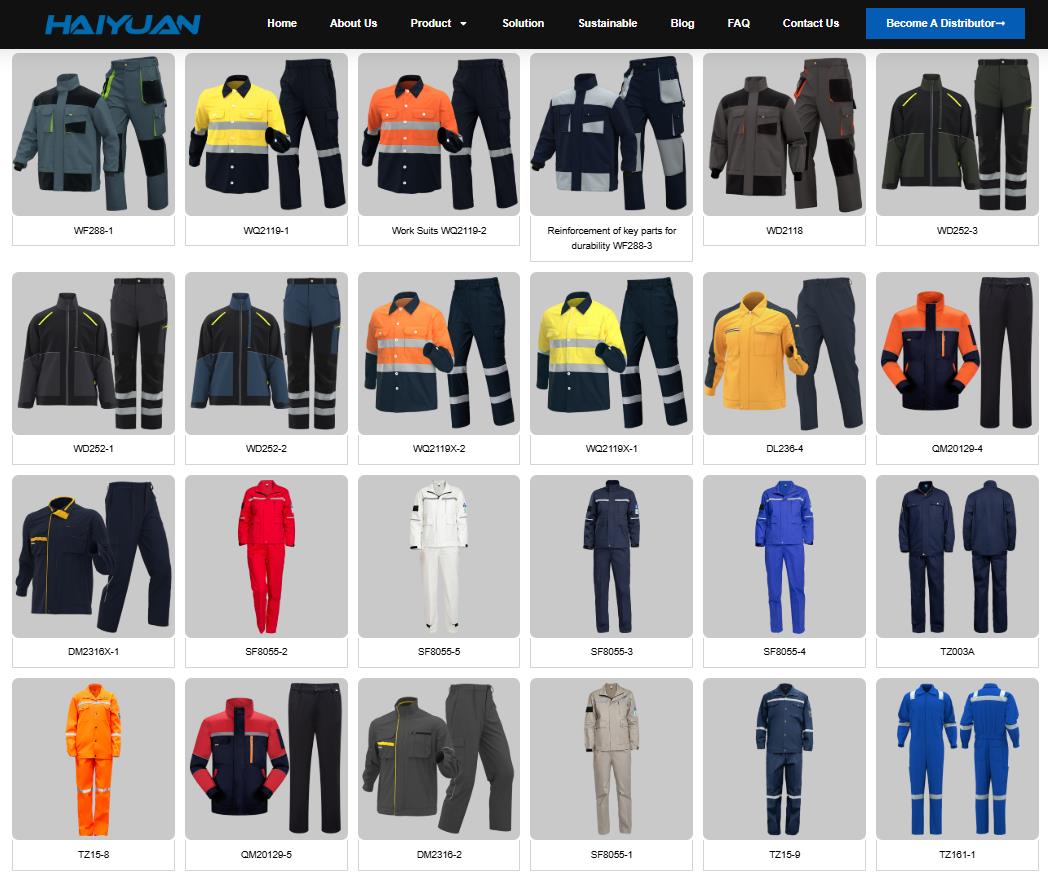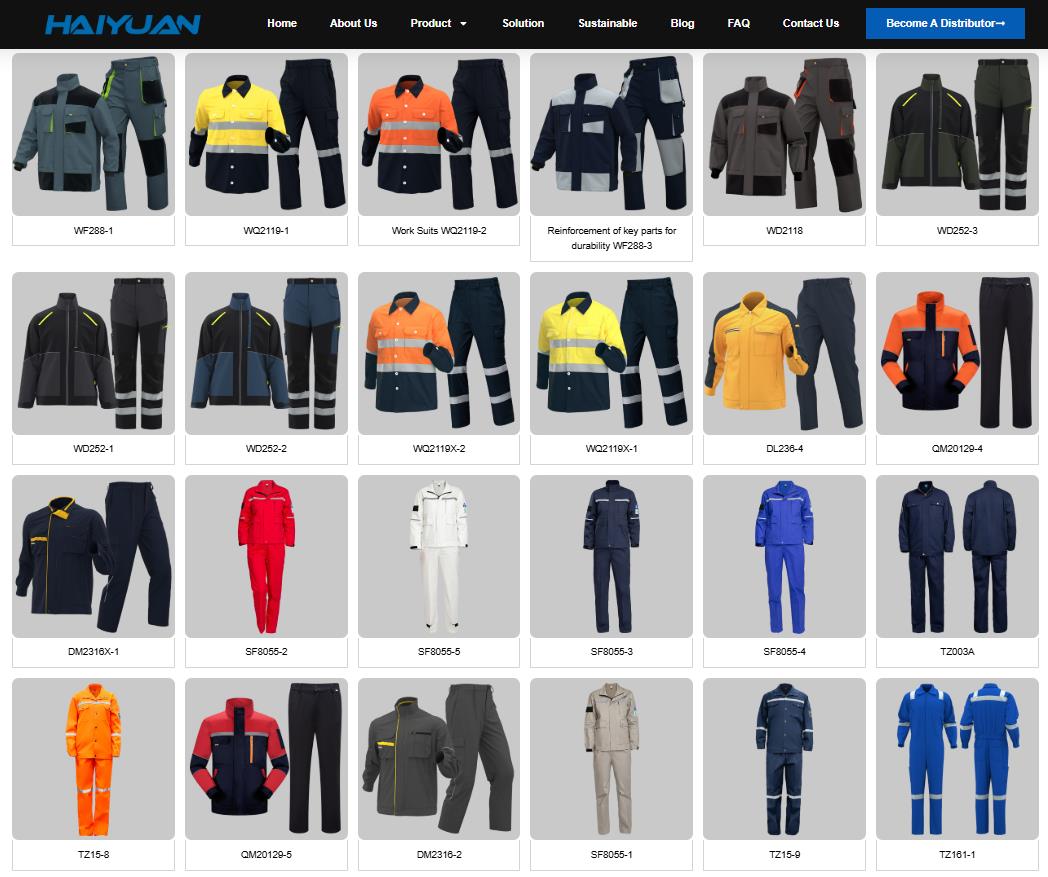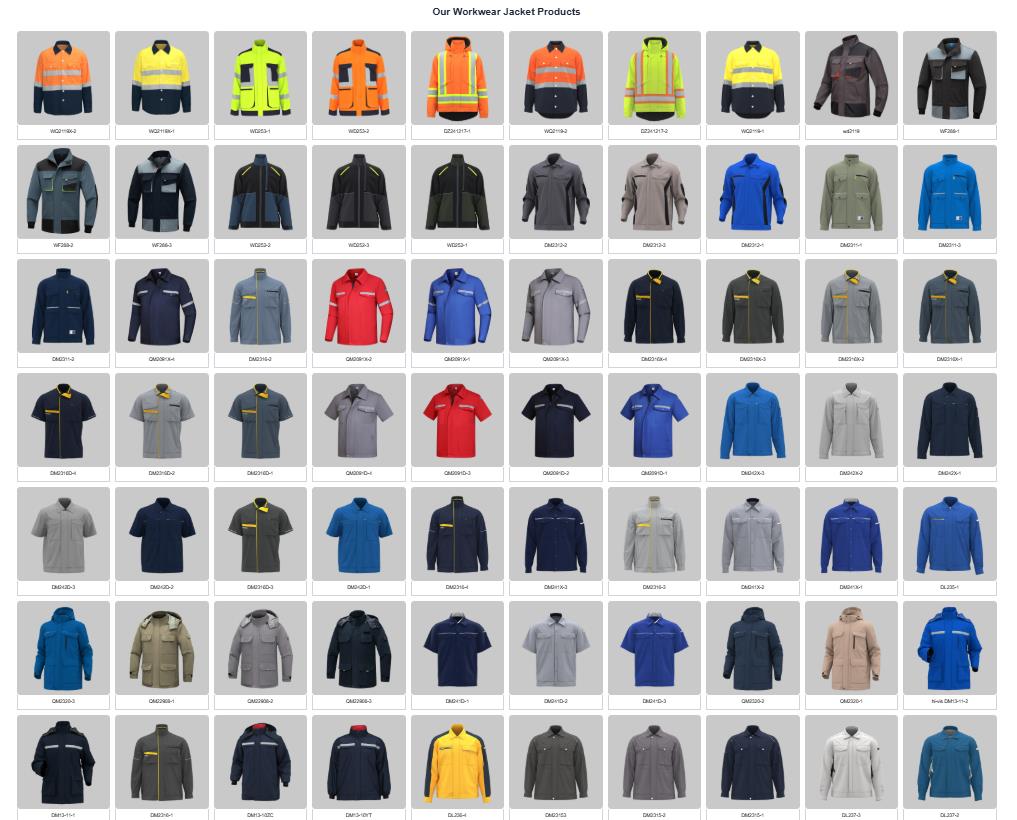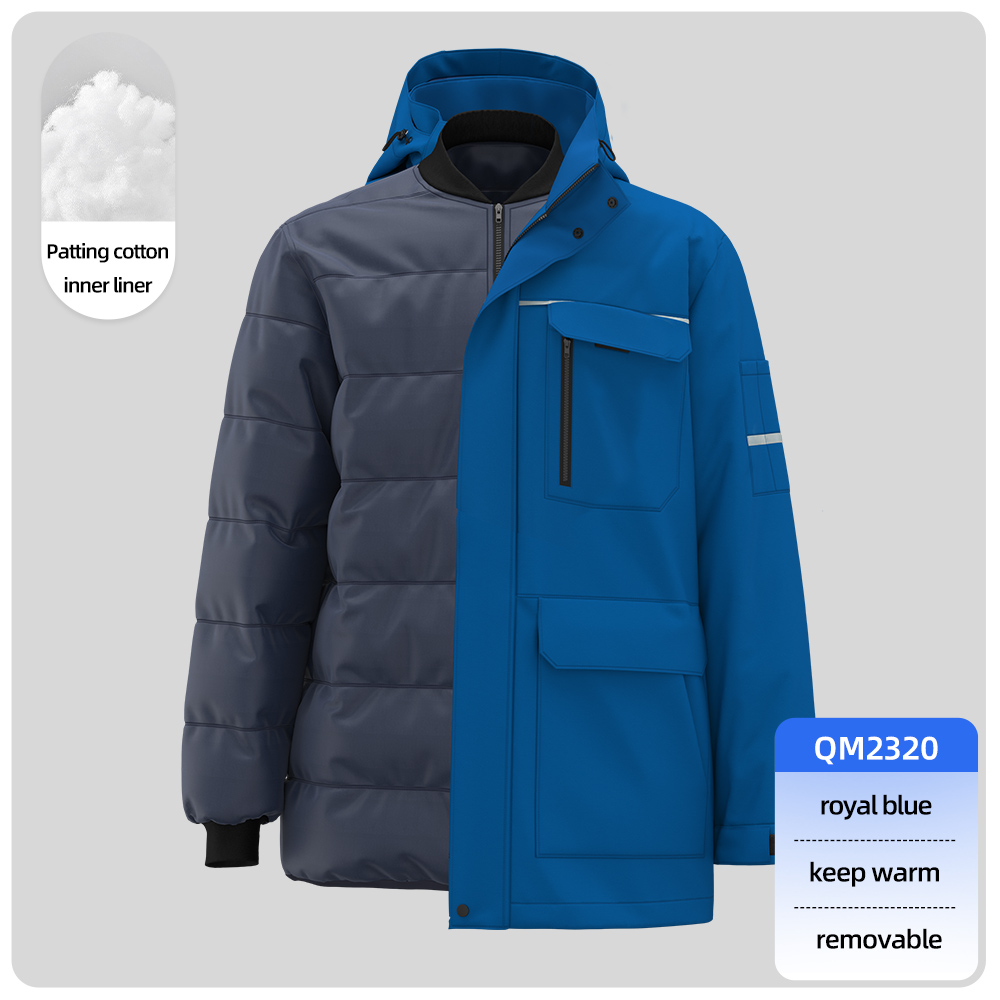Looking to outfit your Myanmar team with sharp, branded uniforms without breaking the bank? You’re on the right track. Forward-thinking businesses across Yangon, Mandalay, Naypyidaw, and beyond – from bustling hotels and restaurants to growing factories and service providers – are increasingly sourcing custom logo workwear directly from China. This strategic move unlocks access to vast manufacturing capabilities, highly competitive pricing, and extensive customization options, allowing you to project a professional image while optimizing costs. However, navigating international imports into Myanmar presents unique challenges – from complex logistics and banking considerations to navigating customs clearance. This comprehensive guide is designed specifically for the Myanmar importer, walking you through every critical step to successfully source high-quality, branded uniforms from China efficiently and cost-effectively.
The Step-by-Step Process:
-
Define Your Requirements Precisely:
-
Garment Type & Quantity: Specify exactly what you need (polo shirts, tunics, coveralls, safety vests, trousers, etc.) and your required quantity. Be realistic about Minimum Order Quantities (MOQs).
-
Design & Branding: Have clear, print-ready logo artwork (AI or EPS vector files preferred). Decide on placement (chest, back, sleeve), size, and method (embroidery for durability, screen print, or digital print for complex designs).
-
Materials & Quality: Specify fabric types (cotton, polyester, blends), weights, colors (provide Pantone codes if critical), and essential quality standards (stitching, durability, colorfastness). Consider functionality (breathability for heat, safety certifications if needed).
-
Sizing: Provide a detailed size breakdown chart. Understand Asian sizing might differ; request size charts from potential suppliers.
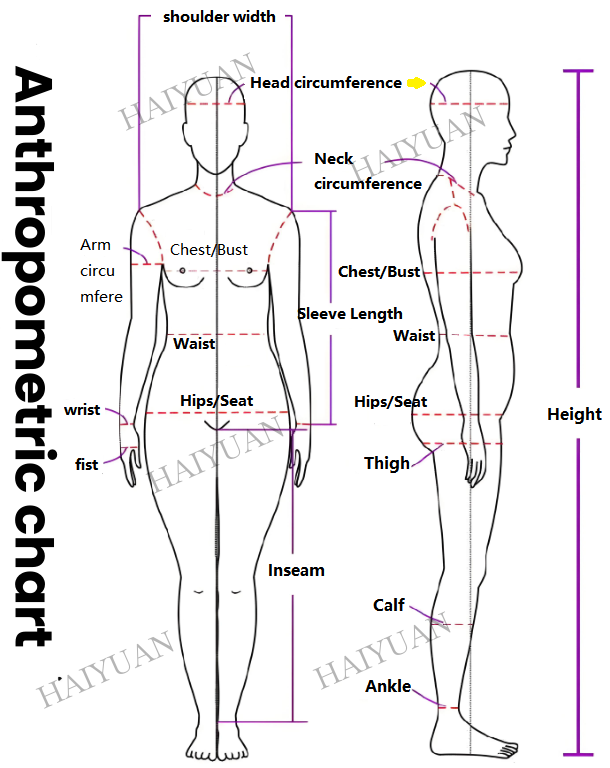
Coverall Size Chart Ultimate Guide?
-
-
Finding Reliable Chinese Suppliers:
-
Major B2B Platforms: Utilize Alibaba.com, Made-in-China.com, and Global Sources. Filter for “Uniforms,” “Workwear,” or “Corporate Clothing” manufacturers. Prioritize suppliers with Trade Assurance and “Gold Supplier” status.
-
Specialized Sourcing Agents: Consider reputable agents based in China (Hebei, Fujian) or even Yangon with strong apparel sourcing expertise. They handle communication, QC, and logistics but add a fee.
-
Vetting is Crucial:
-
Check company profile, years in business, factory certifications (ISO, BSCI if relevant).
-
Scrutinize product listings, photos, and MOQs.
-
Read Reviews: Focus on feedback regarding quality, communication, and reliability, especially from SEA buyers.
-
Request References: Ask for contacts of past clients.
-
Communication: Test responsiveness and clarity (English or via agent). Patience and clear documentation are key.
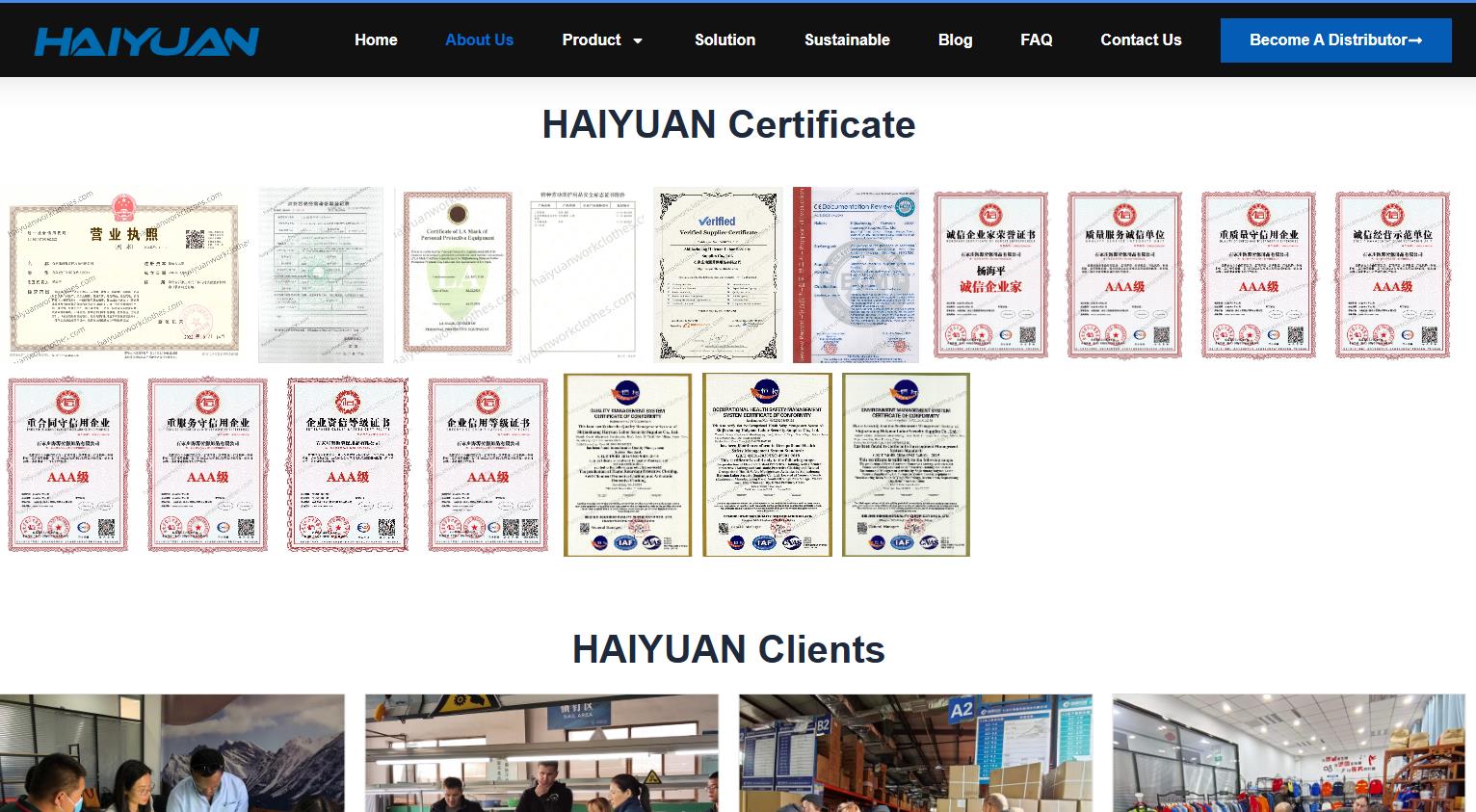
haiyuan certificate
-
-
-
Requesting Quotes & Samples:
-
RFQ (Request for Quotation): Send a highly detailed RFQ outlining all requirements. Include logo artwork.
-
Compare Quotes: Get quotes from 3-5 shortlisted suppliers. Compare unit prices, MOQs, sample costs, production lead times, and shipping terms (FOB, EXW, CIF – see Logistics).
-
Order Samples (Essential!): Never skip this. Pay for production samples before bulk order. Verify:
-
Fabric quality, feel, and color accuracy.
-
Logo application quality, placement, durability (wash test!).
-
Stitching and construction.
-
Sizing accuracy against their chart.
-
-
Provide Detailed Sample Feedback: Be meticulous. Demand revisions if needed. Proceed only after full sample approval.
-
-
Negotiation & Placing the Order:
-
Negotiate: Discuss final pricing based on approved sample, payment terms (crucial for Myanmar – see below), and delivery schedule.
-
Finalize the Purchase Order (PO): Issue a crystal-clear, detailed PO listing every agreed specification (fabric, colors, sizes, logo details, packaging, quantities, price, delivery terms, INCOTERMS).
-
Formal Contract (Recommended): For significant orders, a formal contract outlining terms, quality standards, penalties, and dispute resolution is wise.
-
-
Securing Payment (Myanmar Considerations):
-
Challenges: Be aware of potential limitations with international USD transfers and liquidity in Myanmar banks. Plan this step early.
-
Safe Methods:
-
Alibaba Trade Assurance: Offers payment protection linked to order milestones (highly recommended if platform used).
-
Letter of Credit (L/C): Secure but complex, costly, and requires bank approval/facility in Myanmar. Suitable for large orders.
-
Escrow Services: Provides security via a third party.
-
Telegraphic Transfer (TT): Common but requires trust. Stagger payments: (e.g., 30% deposit, 40% after sample approval/pre-shipment, 30% upon copy of Bill of Lading). Avoid 100% upfront.
-
Third-Country Payment: Sometimes facilitated via Singapore or other regional hubs, often through agents.
-
-
-
Production & Quality Control (QC):
-
Pre-Production Sample (Optional but Recommended): Confirm critical details before mass production.
-
During Production Check (DUPRO): For large orders, consider hiring a third-party QC inspector in China to visit mid-production.
-
Final Random Inspection (FRI): Non-Negotiable! Hire an independent QC company (e.g., SGS, Bureau Veritas, or experienced China-based inspectors) to check a random sample of finished goods before shipment against your PO and approved sample (quantity, workmanship, size, labeling, packaging). Ship only if FRI passes.
-
-
Logistics & Shipping to Myanmar:
-
Understand INCOTERMS: Define responsibilities clearly (e.g., FOB China Port – common choice: Supplier to port, you handle sea freight & import; EXW Factory – you handle everything from factory gate).
-
Freight Forwarder is Vital: Engage a reliable forwarder experienced in China-Myanmar shipments, particularly via Yangon Port. They handle:
-
Booking sea freight (most cost-effective) or air freight (urgent/small).
-
Documentation.
-
Myanmar Customs Clearance (highly complex – see below).
-
Final delivery to your warehouse (Yangon, Mandalay, etc.).
-
-
Shipping Documentation: Ensure supplier provides: Commercial Invoice, Packing List, Bill of Lading (B/L), Certificate of Origin (COO – Form E for ASEAN-China FTA benefits is critical).
-
-
Clearing Myanmar Customs (Critical Phase):
-
Import License: Confirm if your company holds the necessary import license for garments/textiles. Your forwarder/agent can advise.
-
Customs Broker: Your freight forwarder will typically partner with a licensed Myanmar customs broker. This expertise is essential.
-
Import Declaration: The broker submits declarations electronically via Myanmar Customs’ system (ASYCUDA World).
-
Required Documents: Provide your broker:
-
Final Commercial Invoice & Packing List
-
Bill of Lading
-
Certificate of Origin (Form E – Mandatory for preferential duty)
-
Import License (if applicable)
-
Company registration documents (MIC Permit/Registration)
-
Letter of Authorization to the broker
-
-
Duties & Taxes (Subject to Change – Verify!):
-
Import Duty: Based on CIF value and HS Code. Form E (proving Chinese origin under ASEAN-China FTA) significantly reduces or eliminates import duty. Your broker will claim this.
-
Commercial Tax: Applied on CIF Value + Import Duty (rate varies, check current regulations).
-
Other Fees: Port handling, customs broker fees, potentially special goods tax.
-
-
Customs Clearance & Inspection: The broker manages the process. Shipments are frequently physically inspected. Be prepared for potential delays and ensure all documentation is impeccable. Patience and good broker relations are key.
-
-
Receiving Goods & Final Steps:
-
Warehouse Delivery: Goods are delivered to your designated location.
-
Final Check: Conduct an internal check against the packing list upon receipt. Report shipping damage immediately to the forwarder/insurer.
-
Distribution: Equip your team with their new professional uniforms!
-
Key Considerations for Myanmar Importers:
-
Lead Times are Long: Factor in production (4-8+ weeks) + sea shipping (2-4+ weeks from South China to Yangon) + Myanmar customs clearance (often 1-3+ weeks, subject to inspection). Plan 3-6 months ahead.
-
Banking & Payments: Start early discussions with your bank regarding USD transfers for imports. Explore all options (L/C, TT via agent, Trade Assurance). Staggered payments are crucial for cash flow.
-
Documentation is King: Impeccable and complete paperwork (especially Form E) is paramount for smooth customs clearance and claiming duty benefits. Double and triple-check everything.
-
Quality Control is Non-Negotiable: The distance makes post-shipment issues costly and difficult to resolve. Invest in samples and professional inspections.
-
Freight Forwarder & Customs Broker: Choosing experienced, reliable partners in China and Myanmar is arguably the single most important factor for success. Don’t choose solely on the lowest price.
-
Regulations: Ensure uniforms meet any specific Myanmar industry standards (e.g., basic safety requirements).
-
Communication & Patience: Language barriers, time zones, and Myanmar’s evolving import environment require clear communication, thorough documentation, and significant patience. Build relationships.
-
Contingency Planning: Build buffer time and budget for unexpected delays (customs, shipping, production).
Conclusion:
Importing custom logo uniforms from China offers Myanmar businesses a compelling path to elevate their brand identity and achieve significant cost savings. While the journey involves navigating complexities like Myanmar’s customs procedures, banking environment, and logistics, the rewards in quality, customization, and value are substantial. By meticulously following these steps – defining needs, vetting suppliers rigorously, prioritizing QC, mastering payment logistics, understanding INCOTERMS, and partnering with expert freight forwarders and customs brokers – you can transform this challenge into a strategic advantage. With careful planning, patience, and the right partners, you can successfully outfit your team in professional, branded uniforms sourced efficiently from China.
Useful links:

